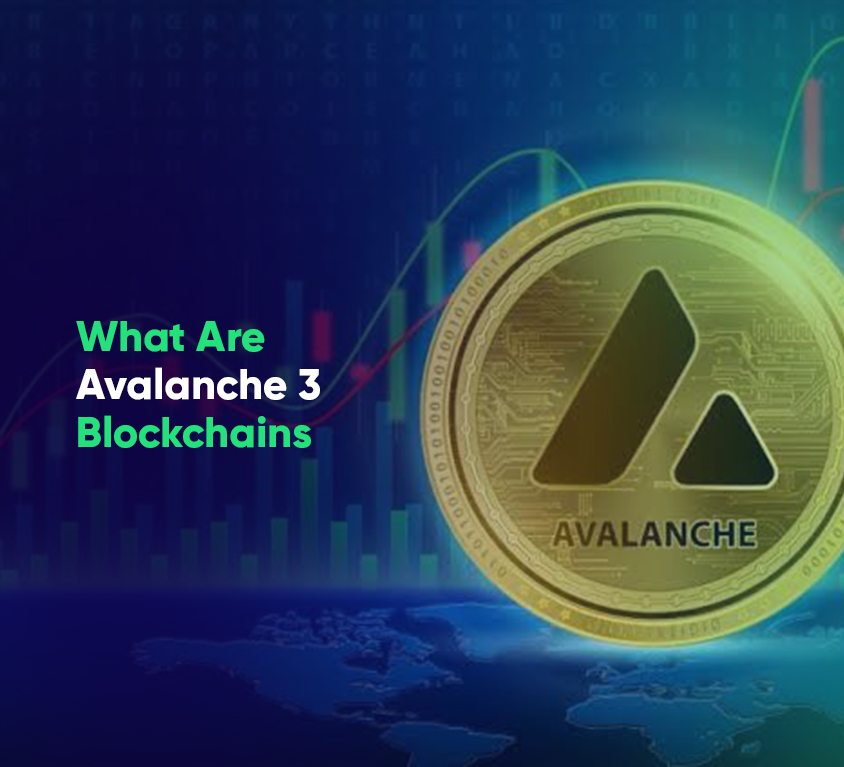
Introduction
Web3 & Blockchain Consultancy :
What Are Avalanche Three Blockchains?
Avalanche is an innovative blockchain platform that uses three separate blockchains to create a scalable, secure, and decentralized ecosystem. This unique design overcomes the challenges and inefficiencies found in many other blockchain networks, providing a strong and flexible solution for various applications.Key Takeaways
- Avalanche features a unique architecture with three distinct blockchains for enhanced functionality.
- The subnet system allows for horizontal scaling, increasing transaction capacity significantly.
- Security is strengthened through the division of tasks among the three blockchains.
- Decentralization is promoted by allowing individual subnets to operate with their own governance models.
- Developers can create customizable subnets tailored to specific applications and requirements.
- The X-Chain enables cross-chain interoperability, facilitating seamless asset transfers.
- Avalanche’s architecture is well-suited for diverse applications across various industries.
- As the ecosystem evolves, Avalanche is set to play a significant role in the future of blockchain technology.
The Three Blockchains of Avalanche
Avalanche consists of three connected blockchains, each designed for specific roles within the ecosystem:- Primary Network (P-Chain): The P-Chain is the main blockchain that validates and tracks the creation of new subnets. It ensures the security of the network with its strong consensus mechanism and manages the essential infrastructure of Avalanche.
- Consensus Layer (C-Chain): The C-Chain is where smart contracts and decentralized applications (dApps) are deployed. It uses an efficient consensus protocol to quickly process and validate transactions, allowing dApps to operate smoothly and cost-effectively.
- Exchange Chain (X-Chain): The X-Chain is specifically built for exchanging assets and is essential for moving and trading tokens within the Avalanche ecosystem. It offers a fast and secure platform for creating and transferring assets, enabling easy value exchange between users.